Search Results
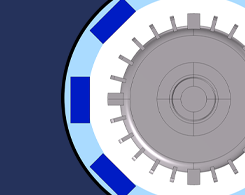
Designing the Sound Absorption of Microlattice Structures
Using numerical simulation, you can design microlattice structures with sound-absorbing properties, and then print them via additive manufacturing without traditional manufacturing constraints.
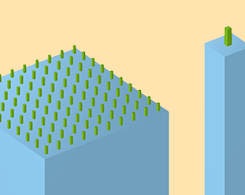
Designing Antireflecting Microstructures for Infrared Applications
Explore how 2 microstructure designs can improve the bulk transmittance of silicon (~70%) and cadmium zinc telluride (~79%) to more than 90% within the specific wavelength spectrum.
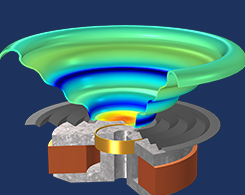
3 Examples of Optimizing Loudspeaker Components
Whether in a home theater system, gym, or massive concert venue, loudspeakers need to perform optimally. 1 way to do so is by performing a shape or topology optimization study of its components.
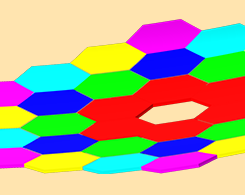
The Quest for Clarity: Tracing Rays in 3 Telescope Designs
The Keck telescope includes a parabolic reflective surface made up of 36 separate interlocking mirrors. Learn more about this and 2 other popular telescope designs via ray tracing simulation.

6 Examples of Simulation-Driven Loudspeaker Development
From headphones for virtual reality gaming to powerful transducers for hearing aids, here are 6 examples of multiphysics simulation being used to develop new and improved loudspeaker products.
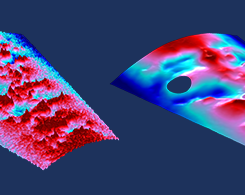
Using Data Filtering to Improve Model Performance
Want to include experimental data in your model as a load or boundary condition, but the data varies over space or time and is noisy? Try implementing data filtering, such as a Helmholtz filter.
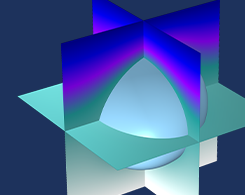
Using Global Equations to Introduce Fully Coupled Goal Seeking
Learn how to introduce a goal-seeking equation, combined with a fully coupled approach, to solve a nonlinear model. (Follow-up to an earlier blog post on goal seeking with a segregated solver.)
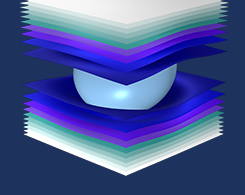
Introducing Goal Seeking into the Segregated Solver
Did you know that you can adjust a model input to achieve a desired output in your nonlinear problems? The process involves implementing a global equation into the segregated solver.
